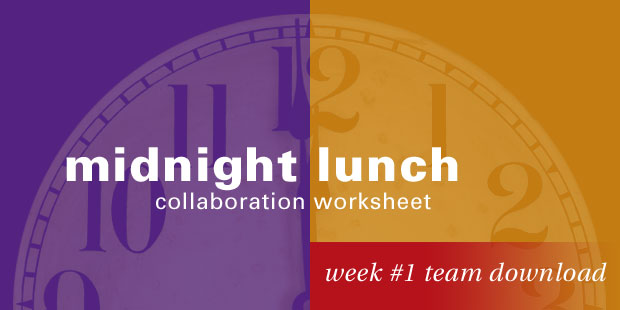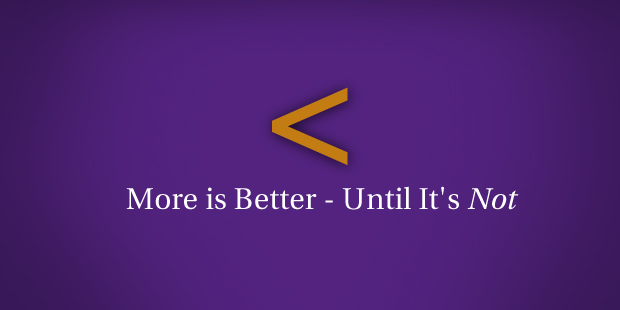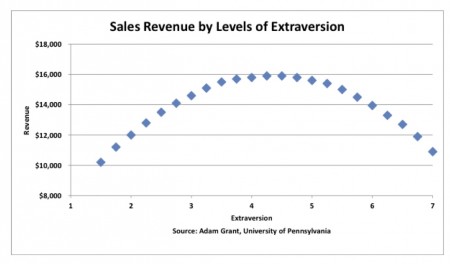
Collaboration Starts with the Leader First
How can I help my team of independent “doers” learn to work together and grow as visionary leaders?
The beauty of clarity is how it is discovered together. The crucible of community isn’t easy, but with collaboration the yield of fruit is 10 times greater and 10 times sweeter. Those who are gifted in creativity and visioning can also excel in helping complementary perspectives align around that vision.
Often, though, the problem is that you lead a team of independent “doers,” who though capable of being visionary leaders, are measured by the tasks of ministry and rarely get to demonstrate their collaborative leadership.
Solution – Collaboration starts with the leader first.
THE QUICK SUMMARY – Collaboration Begins With You, by Ken Blanchard, Jane Ripley, and Eunice Parisi-Carew
Everyone knows collaboration creates high performing teams and organizations—and with today’s diverse, globalized workforce it’s absolutely crucial. Yet it often doesn’t happen because people and groups typically believe that the problem is always outside: the other team member, the other department, and the other company.
Bestselling author Ken Blanchard and his coauthors use Blanchard’s signature business parable style to show that, in fact, if collaboration is to succeed it must begin with you.
This book teaches people at all levels—from new associates to top executives—that it’s up to each of us to help promote and preserve a winning culture of collaboration. The authors show that busting silos and bringing people together is an inside-out process that involves the heart (your character and intentions), the head (your beliefs and attitudes), and the hands (your actions and behaviors). Working with this three-part approach, Collaboration Begins with You helps readers develop a collaborative culture that uses differences to spur contribution and creativity; provides a safe and trusting environment; involves everyone in creating a clear sense of purpose, values, and goals; encourages people to share information; and turns everyone into an empowered self-leader.
None of us is as smart as all of us. When people recognize their own erroneous beliefs regarding collaboration and work to change them, silos are broken down, failures are turned into successes, and breakthrough results are achieved at every level.
A SIMPLE SOLUTION
It’s a common belief that a successful organization is built on teams. And while that is true, there is also a hidden implication within that assumption: the idea of a team implies that its members are competing with an outside force, often another team. Teams also have starters, sixth (or twelfth) men, and bench players.
How can you as a leader work with a group of individuals to encourage everyone to contribute to the common good, with a depth and shared accountability that goes beyond the concept of a typical team?
The secret to successful collaboration is for every person at every level to take responsibility.
Collaboration is a whole order of magnitude beyond teams. It’s in the DNA of the organizational culture. It’s the mindset of every member of the organization – the air the company breathes. It’s an environment that promotes communication, learning, maximum contribution, and innovation.
Collaboration is an inside-out mindset. It has to start on the inside, with the Heart. If you don’t get the Heart part right, you’ll never be effective as a collaborative leader, because the Heart is really who you are as a collaborator – your character and intentions.
Then it moves to the Head, which is about what you know – your beliefs and attitudes about collaboration.
Finally, the Hands are all about what you do – your actions and behavior during collaboration.
Ken Blanchard, Jane Ripley, and Eunice Parisi-Carew, Collaboration Begins with You
A NEXT STEP
Make sure each of your team members has a basic understanding of the Heart, Head, and Hands as described above and how they represent a different domain of collaboration.
Challenge your team to use those three different concepts over the next month in a group collaboration exercise by creating a “Vision Room” for one month.
Create an inspiring, freethinking environment by designating a secluded area, such as a small room or large closet, for team members to experience reflective, God-inspired moments in solitude. In this space they can pray, plan, create and engage in vivid, risk-taking, visionary thinking.
Make available tools and props: paper, markers, scissors, whiteboards, toys, books – anything to stimulate ideas. Invite the team to take advantage of this space. Encourage team members to leave behind whiteboard thoughts, objects, pictures, highlighted articles, challenges and inspirations for one another.
Schedule regular times together to meet in the Vision Room (even if you are all crammed in and standing) and discuss the team’s experiences each week. Gather ideas, then discuss, collaborate, and clarify your team’s dreams for your church. At the end of the month, make a large “Vision Room” list, then prioritize and execute the strategic actions that will build momentum for your church.
Leaders who practice disciplined collaboration must learn to work at all levels: they cultivate collaboration by transforming themselves, their organization, and the people working in the organization.
Collaboration will remain a key part of church leadership as senior pastors and elder teams will always need to unite disparate parts within and across organizations.
Taken from SUMS Remix 35-1, published March 2016
This is part of a weekly series posting content from one of the most innovative content sources in the church world: SUMS Remix Book Summaries for church leaders. SUMS Remix takes a practical problem in the church and looks at it with three solutions; and each solution is taken from a different book. As a church leader you get to scan relevant books based on practical tools and solutions to real ministry problems, not just by the cover of the book. Each post will have the edition number which shows the year and what number it is in the overall sequence. (SUMS provides 26 issues per year, delivered every other week to your inbox).

Tags: Collaboration, Collaboration Begins With You, Ken Blanchard, SUMS Remix


























